Are you planning to expand or grow your ambulatory business? As with many things, success does not happen overnight! Winning strategies are built on detailed plans and a healthy amount of patience. The same principles apply to your growth and reimbursement strategy, so what can you do to help your strategy become your reality?
To get started, focus on 3 key areas and ask questions.
Payor Contracts: Do your payor contracts align with your growth plan?
Why Ask: Understanding your current payor contract coverage serves as a transition guide for adding cases or specialties.
Before introducing a new service to your ambulatory surgery center (ASC), make sure your current payor contracts include appropriate reimbursement rates. Performing a case at your ASC signals to the payor that their current contracted reimbursement covers the cost of the service provided. If those rates do not actually cover your cost, plus a small margin, you may struggle to get an increase in the future. Take time to consider if performing the new case sends the message you want to the payor.
Understanding what is in your current contracts becomes your transition guide. Before adding new case types or specialties, check your contracts. Ideally, you would negotiate first. This requires aligning your growth plans with your contract negotiation schedule. This simple but critical step helps ensure financial viability as you grow and helps avoid potential reimbursement challenges after the case has already been performed.
Case Cost & Revenue: Do you understand your current cost and net revenue per case?
Why Ask: Cost and net revenue per case can become a compass for evaluating the viability adding of cases or services
A thorough understanding and analysis of your cost and net revenue per case serves as your compass in evaluating the viability of expanding certain cases or services and highlighting physician recruitment opportunities. Moreover, it can identify opportunities to improve operational efficiencies that streamline processes and reduce the overall cost of care, saving you money. Don’t forget that cost varies by surgeon, the number and type of implants or devices used, as well as labor costs, and a reasonable margin. So, make sure cost estimates for new cases take that variability into account. By leveraging these financial insights, you can make informed decisions that drive sustainable growth and maximize profitability while maintaining a focus on delivering exceptional patient care.
Physician Engagement: Have you set realistic expectations with your physicians?
Why Ask: Negotiating with payors often requires a significant amount of time and detailed cost information.
Strategic timing is essential when it comes to negotiating with payors, as these discussions often require significant time and detailed cost information. By grounding growth expectations in both present and future reimbursement strategies, rather than solely focusing on the pace of volume growth, ASCs can achieve significant financial success early on and gain more certainty in supporting rapid growth. For example, ASCs can often benefit from a staggered approach for new procedures on the commercial insurance side, limiting procedures to certain payors, until adequate reimbursement is locked down for all payors. While it may at first feel more inconvenient for your surgeons, the benefit of knowing each new procedure will drive a margin can take the sting out of the delay, especially if you plan ahead. Having a clear vision of where you want the facility to be in the next 3-5 years provides valuable insight that informs negotiation inputs and empowers stakeholders to take the lead in discussions with payors.
Sometimes You Need to Go Slow to Go Fast
Like any auto racing fanatic will tell you – it’s important to learn the track before you put the hammer down. The same can be said for adding new services at your ASC. Building a solid reimbursement plan for the future of your ASC takes a proactive and forward-looking approach that incorporates your current business and your future business. Yes, it may require a little more effort and time upfront, but when the payments for those initial cases come through cleanly and in the black, you and your doctors will be well on your way to the winner’s circle.



